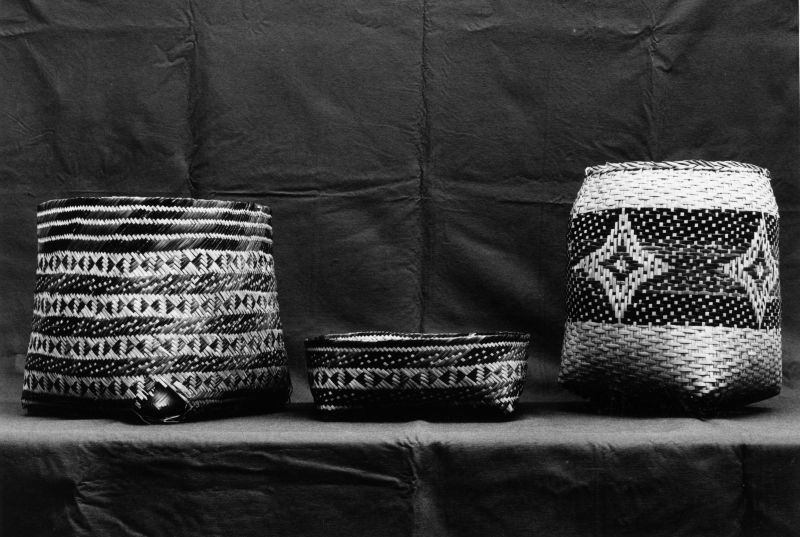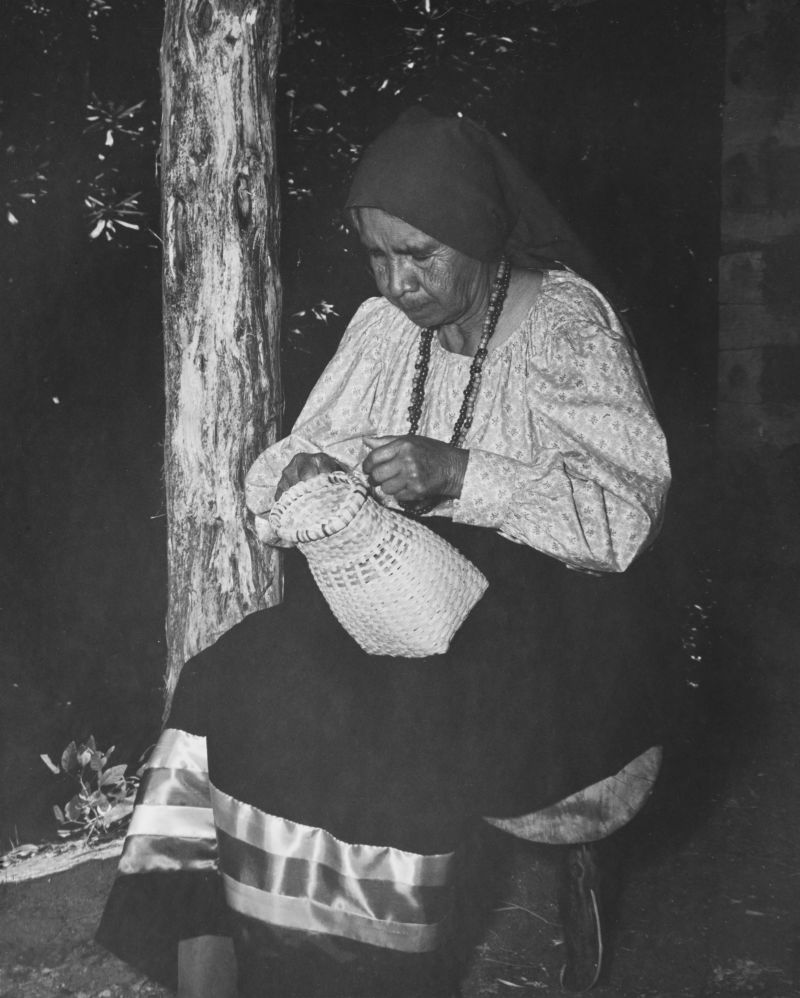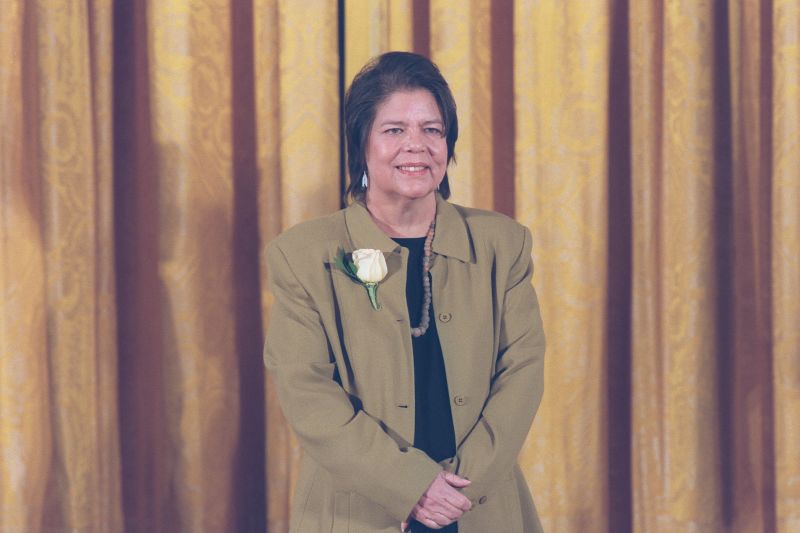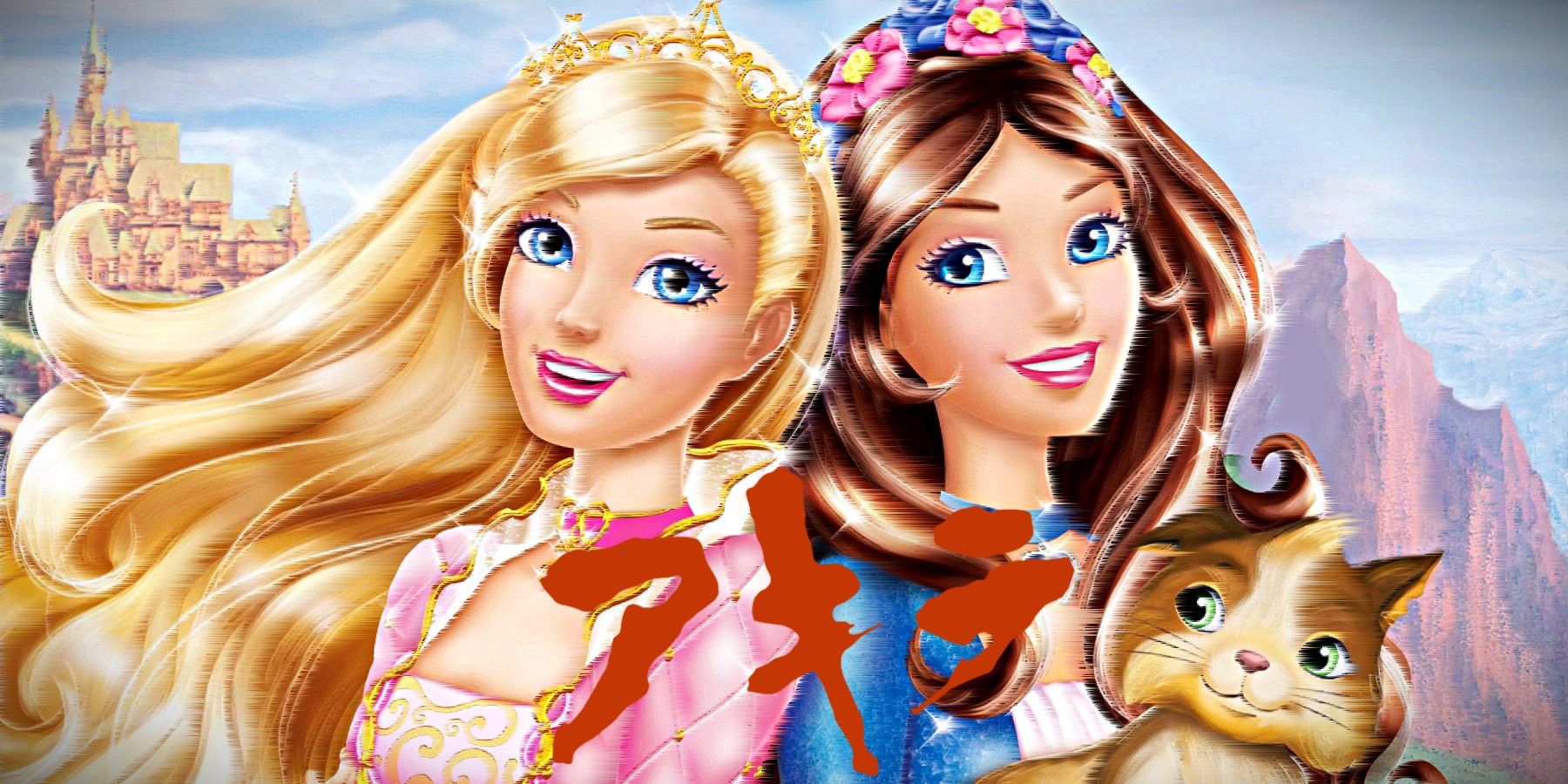
Controversial Feelings Arise Over Barbie's Tribute to Cherokee Chief Wilma Mankiller

A new Barbie doll honoring Cherokee Chief Wilma Mankiller sparks mixed emotions among Cherokee people While some view it as a missed opportunity, many are still celebrating this tribute
Wilma Mankiller has numerous accolades to her name, including being the first female principal chief of the Cherokee Nation, receiving the Presidential Medal of Freedom, and being featured on a US quarter. In addition to these achievements, the late Cherokee leader and activist is now honored with her own Barbie doll.
Mattel recently launched a Wilma Mankiller Barbie as part of its "Inspiring Women" series, honoring her dedication to Native and women's rights. The release has generated excitement among Cherokee citizens, with the doll quickly selling out online and creating a backlog of orders due to high demand. In addition, the Cherokee Nation hosted an event to celebrate the debut of the Wilma Mankiller Barbie last Tuesday.
"Wilma Mankiller has been an inspiration to countless Native girls, showing them to be fearless and stand up for Indigenous and human rights," stated Principal Chief Chuck Hoskin Jr. on November 7. "She is a true champion for the Cherokee Nation, Indian Country, and for young women everywhere. Her leadership, commitment to culture, and promotion of equality make her a fitting addition to the Barbie Inspiring Women Series, and we commend Mattel for honoring her in this way."
Some Cherokee people see a missed opportunity
Despite celebrating the tribute to the revered Cherokee leader who died in 2010, some Cherokee people admit to having mixed emotions about the Wilma Mankiller Barbie.
The Wilma Mankiller Barbie is based on a 2005 portrait that is stored in the Library of Congress. In the photograph, taken by her husband Charlie Soap, Mankiller is wearing a black dress with colorful stripes and holding a woven basket.
The Barbie version of Mankiller also carries a basket and is dressed in a turquoise dress "with ribbon striping that represents the four directions: north, south, east and west," as stated on Mattel's website.
Mankiller, the first female principal chief of the Cherokee Nation, served as the tribe's leader from 1985 to 1995.
J. Pat Carter/AP
For Julie Reed, the dolls design represents a missed opportunity.
Reed, a Penn State University associate professor specializing in Native American and American history and a member of the Cherokee Nation, noted that the doll's basket does not feature a traditional Cherokee weave. With basket weaving being a prominent Cherokee craft, she suggested that Mattel could have collaborated with local weavers for this aspect.
Additionally, Reed expressed a desire for the doll to include more of Mankiller's specific features, such as her distinctive jewelry.
"Wilma Mankiller was known for her unique jewelry collection, often adorned with clay bead necklaces gifted to her by artisans in the community. According to Reed, she was among the first influential female leaders of the tribe to publicly wear a gorget," Reed told CNN.
Cherokee basket weaving is a famous handicraft within the tribe. Some members of the Cherokee Nation expressed disappointment with Mattel for not including traditional Cherokee patterns in the basket that came with the Wilma Mankiller Barbie.
A Mattel representative informed CNN that they collaborated with Mankiller's estate, overseen by her husband Charlie Soap and friend Kristina Kiehl, for the design. The Cherokee Nation was not involved in the doll's creation, but stated that this does not detract from the tribute's importance.
Critics also questioned why Mattel did not include Mankiller’s only surviving daughter, Felicia Olaya, in the design process. Although Olaya expressed disappointment in not being consulted during media interviews, she emphasized at the celebration on Tuesday the significance of Cherokee children being able to play with Wilma Mankiller Barbies.
Olaya expressed her warm thoughts at our next family gathering, which is Christmas, envisioning her granddaughters, nieces, and many family members sitting on the floor playing with the Wilma Mankiller Barbie. She expressed her hope that one day they become a leader or a Principal Chief of the Cherokee Nation at the event.
Molly Sequoyah of the Cherokee Nation makes a handmade basket with white oak slats in North Carolina circa 1940.
FPG/Archive Photos/Getty Images
Children's author Traci Sorell suggested that involving more of Mankillers family and the Cherokee Nation could have enhanced Mattel's final product. Additionally, she criticized Mattel for a typo in the Cherokee Nation seal on the Barbie packaging, stating that seeking input from the tribe's language department could have prevented the error.
Sorell, a Cherokee citizen who has penned a children's chapter book about Wilma Mankiller, suggested that greater collaboration, connection, community, and communication would have ensured a more successful launch and presentation. Reed expressed a similar view.
"The collaboration raises questions about how a corporation can effectively engage in consultation when they lack a starting point or the right questions to ask," she pondered.
A representative from Mattel informed the Associated Press that they were aware of the issue and are currently exploring potential solutions.
Still, many Cherokee people are celebrating the tribute
Many Cherokee people, including Reed and Sorell, count Mankiller as an inspiration.
Mankiller, born in 1945 in Tahlequah, Oklahoma, and raised in California, advocated for Native communities in the state for years before returning to Oklahoma in 1977. There, she fought for improved water and housing access, according to the National Women's History Museum.
Mankiller receives the Presidential Medal of Freedom at the White House in 1998.
Diana Walker/Hulton Archive/Gamma Liaison/Getty Images
Mankiller assumed the role of principal chief of the Cherokee Nation in 1985, a position she would maintain for ten years. During her tenure, she often wore professional attire, such as suits, with subtle nods to her Cherokee heritage in her accessories, according to Sorell. While the Wilma Mankiller Barbie seems to portray a younger version of her, Sorell expressed a preference for seeing Mankiller depicted in her 40s, when she was leading the tribe.
"There is an incredible legacy to be honored. While a doll cannot fully capture all of that legacy, it should still reflect her strength and her ties to the community," Sorell remarked. Despite her reservations about the Wilma Mankiller Barbie, Sorell expressed gratitude for the celebration of one of her childhood role models at such a high level. She even purchased a doll for herself to mark the occasion.

















